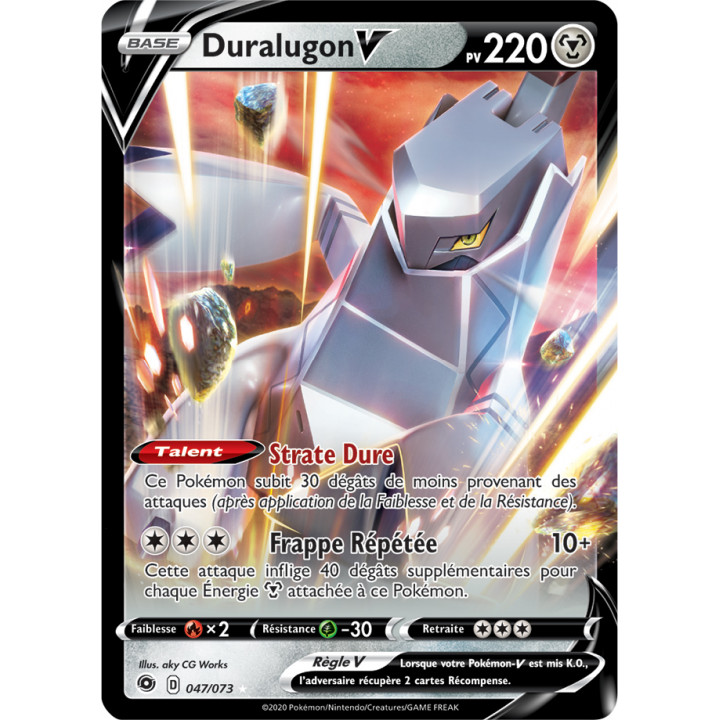

This rule also incentivizes dishonest play, as you don’t want the opponent to know which characters you have. Even if you’re behind, you can catch up if they fail to call their coups (and assassinations) correctly. The “call the coup” rule eliminates the race for coins.
#COUP CARD GAME FULL#
As soon as someone’s fifth character dies, they lose.ģ) Play with a full 15-card court deck. When your fourth and fifth characters die, DON’T replace them. (Optional) Use the “call the coup” rule for assassinations as well!Ģ) Play with five lives each: when a character dies, flip it face-up and set it aside, then draw from the court deck to replace it. Then, they draw two cards from the court deck, pick the two they want to keep, and return the other two to the top of the court deck.

If they don’t have that character, they prove it by showing both character cards.

We can address the flaws in two-player Coup with these tweaks:ġ) Use the “call the coup” rule that’s been popularized on BoardGameGeek and Reddit: when using the coup action, you must name a specific character to kill. Coup doesn’t have much “gameplay” to begin with, and the official 2-player variant strips it of whatever it does have. What began as a game of bluffing and deduction is reduced to a race for coins and blind bluffs and challenges. The coup action is also overpowered: the first to coup twice wins. You don’t have enough information in this variant to know whether it’s a bluff or not, so it’s smarter to eat the assassination or counter with a Contessa. That last option is ultra risky, because if they do have an Assassin, the game is over: you lose a character for failing the challenge, and you lose a character for being assassinated. Related: The best 2-player board games and card games If the opponent calls the Assassin on you, you can either accept it at face value, counter with a Contessa, or call their bluff. I can see what they were going for with these changes: the first tweak attempts to offset first-player advantage, and the second tweak attempts to limit the number of variables so players can glean a little more information, especially if they look through the court deck using the Ambassador.īut the official variant doesn’t address the elephant in the room when it comes to Coup with only two players: the Assassin character is so overpowered that the game essentially always comes down to one decision. Then, using the third deck, deal a second character to each player, then use the remaining 3 characters as the court deck. Each player takes a deck, picks 1 character, and discards the remaining cards. Divide the character cards into 3 decks, with 1 of each character type per deck.The starting player starts with 1 coin while the other player starts with 2 coins.The official 2-player variant of Coup goes like this: Why the Official 2-Player Variant of Coup Sucks
#COUP CARD GAME HOW TO#
If you don’t, I recommend watching the How to Play Coup video by Watch It Played. Note: This post assumes you know how to play Coup already. It is, after all, a social deduction game packed with bluffing, and you need a good number of players to make that work too few and people can just guess their way to victory.Īfter a lot of experimentation and iteration and reading up on how others play Coup, I’ve found that this game is even better when played with only 2 players-as long as you ditch the official 2-player variant in the rulebook.Ī few simple tweaks can turn Coup into one of the most tense and exciting 2-player card games on the market. Related: The best social deduction board gamesīut if you go by the official rules, the game plays best at 5 players. It’s easy to learn, plays in under 15 minutes, and generates a lot of fun for how small and lightweight it is. Coup is one of the best bluffing and social deduction games to add to your collection.


 0 kommentar(er)
0 kommentar(er)
